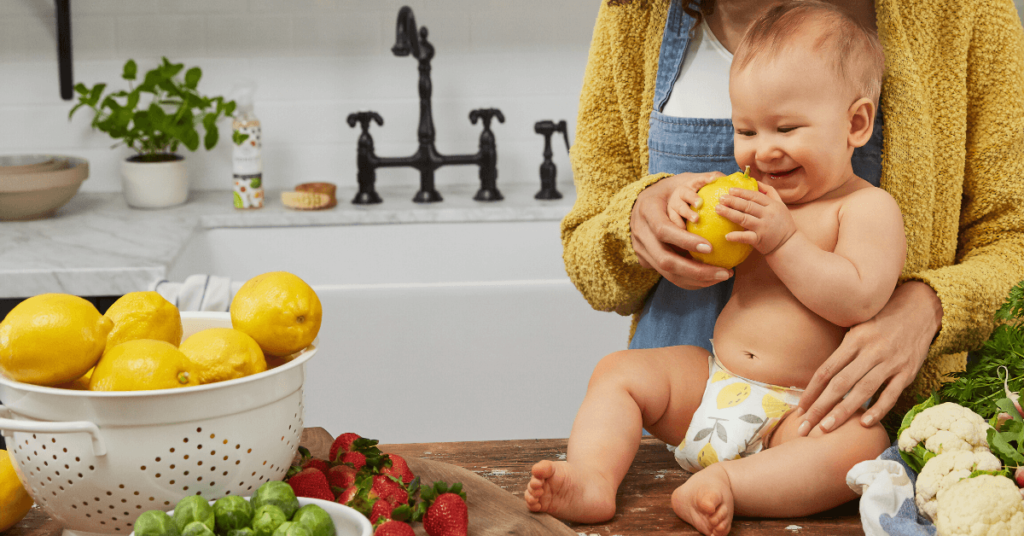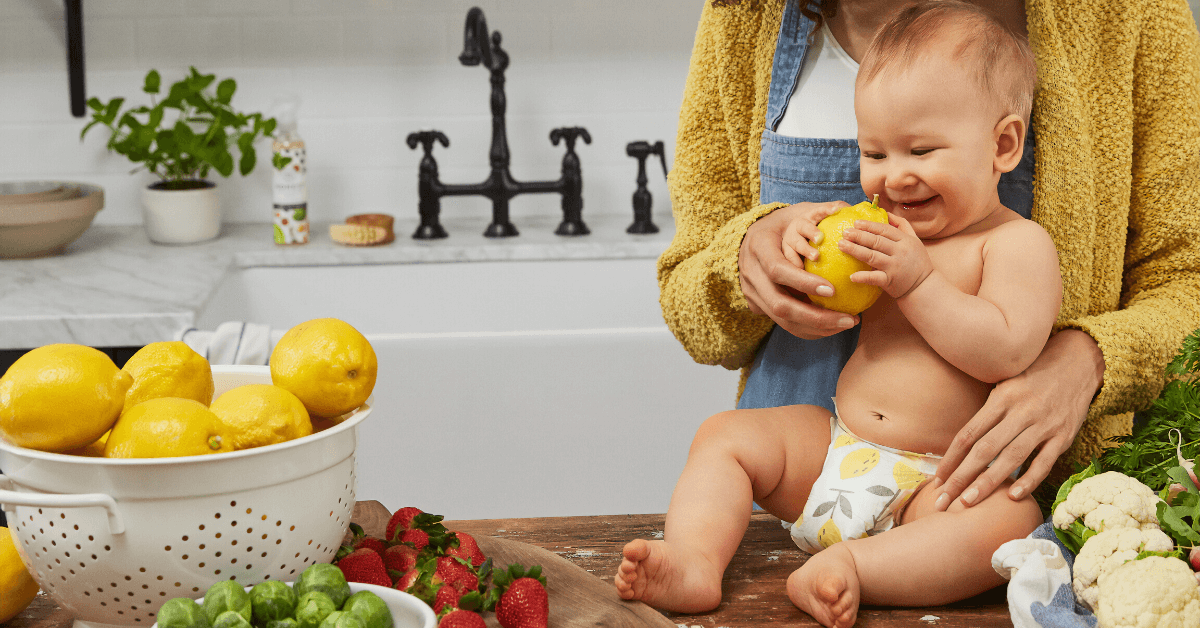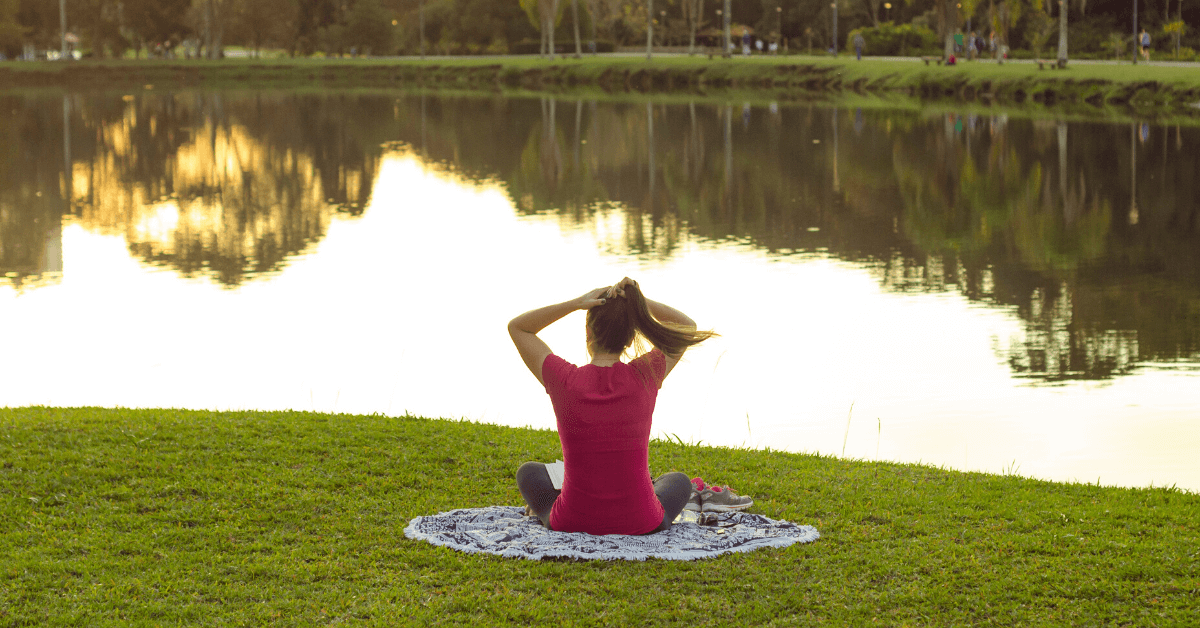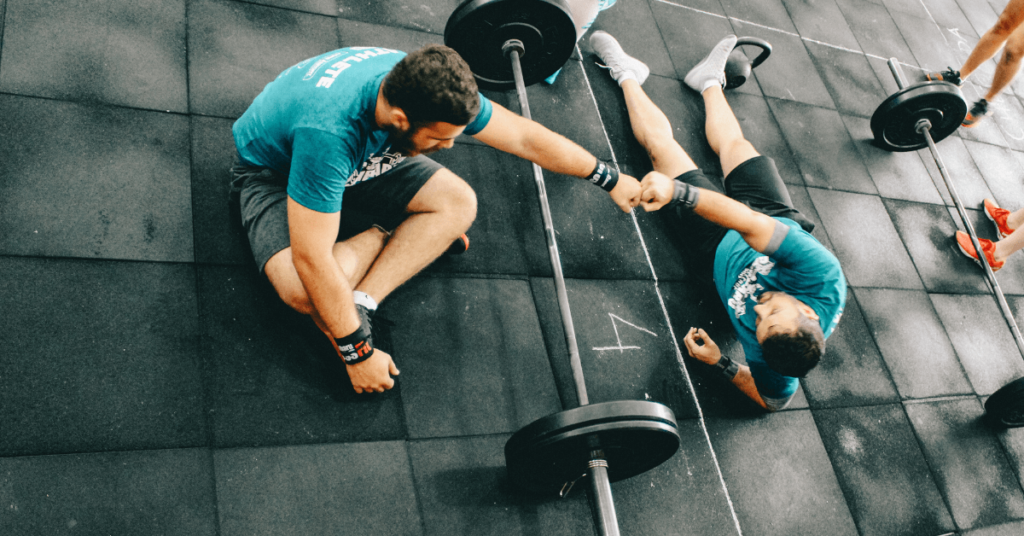The holiday blues
The holiday season is often a time when we invite unwanted guests, anxiety, stress and even a little depression into our homes and our lives. There’s a sort of expectation that we should feel happy and positive during this time of the year, but this is often not the case. And the thing is, when we feel down, agitated, somewhat depressed and stressed during this time of year, we tend to put additional stress onto our emotional wellbeing and beat ourselves up for being down in the dumps.
Times have changed
Since when did the holiday period shift from us running around like kids with our cousins we only saw once a year to us suddenly trying to ‘adult’, buy gifts, make food (who even knows how to make a moist turkey in any case?) and endless socialising.
It’s not fair, is it? Why does the festive period bring with it the stress of entertaining friends and family, trying to find the perfect gifts, cook delicious food your grandmother is proud of and trying to get enough sleep?
We go from working hard throughout the year to try and make ends meet, to running around like headless turkeys trying to make everyone happy during the holidays.
Well, this year we say “no more!”
Here is our ultimate guide to surviving the holidays
1. Breathe in deep
Now, this pointer might seem a little obvious but hear us out.
Did you know that when you stress, you have a tendency to hold your breath? This means that less oxygen is getting to your brain. As a result of this, your body’s fight-or-flight response kicks in which releases hormones to help you combat a stressful situation. And cooking the turkey is not exactly a fight-or-flight situation, but our brains might perceive it to be one based on the anxiety and stress we are experiencing as a result of our current situation.
Some therapists recommend wearing an elastic band around your wrist. When things start to feel a little overwhelming, gently pull back on this elastic and let it snap back on your wrist. This little snap will bring you back into the present moment and will serve as a reminder to breathe deeply. Just 4 deep breaths are enough to change your entire mindset.
Have a look at some deep breathing techniques here.
2. Don’t force yourself to be happy
There’s an expectation around this time of year for it to truly be ‘the most wonderful time of the year.’ But this doesn’t mean every single day has to be filled with magic. It’s normal to feel sadness, grief or stress during this time of the year. Embrace and express your emotions in order to properly deal with them.
3. Stop negative thoughts in their place
When you catch yourself caught in a whirlwind of negative emotions, try to bring your awareness to the room and the space around you. This is known as grounding yourself. It can be as simple as placing your feet on the floor and feeling the weight of your body pressing on your feet and the floor supporting your weight.
4. Learn to say no
Remember that you have worked all year and deserve a little time off. This means that it’s okay to say no to some social obligations. Set some time aside to do something special for yourself. It can be taking a drive out to somewhere beautiful, going for a long beach walk when your family wanted you to stay for lunch or just lying in a bath and listening to some good music. You do you. And don’t forget to always be kind to yourself.
Keep in mind that there is a limit to how much you can accomplish during the holidays. You can’t please everyone, but you can please yourself.
5. Take some time out to exercise
You know what they say “you are only one workout away from a better mood.” Take some time out to go for a run, attend a yoga class or dance class. No matter what kind of exercise you like to get involved in now is the time to do it.
Plus, we have put together a guide on how to stay healthy and fit during the holiday season.
Bonus tip: turn off your social media!
Talk about a detox diet that really works – disconnect from social media for a few days during the holidays. Trust us on this one, it really works.

















